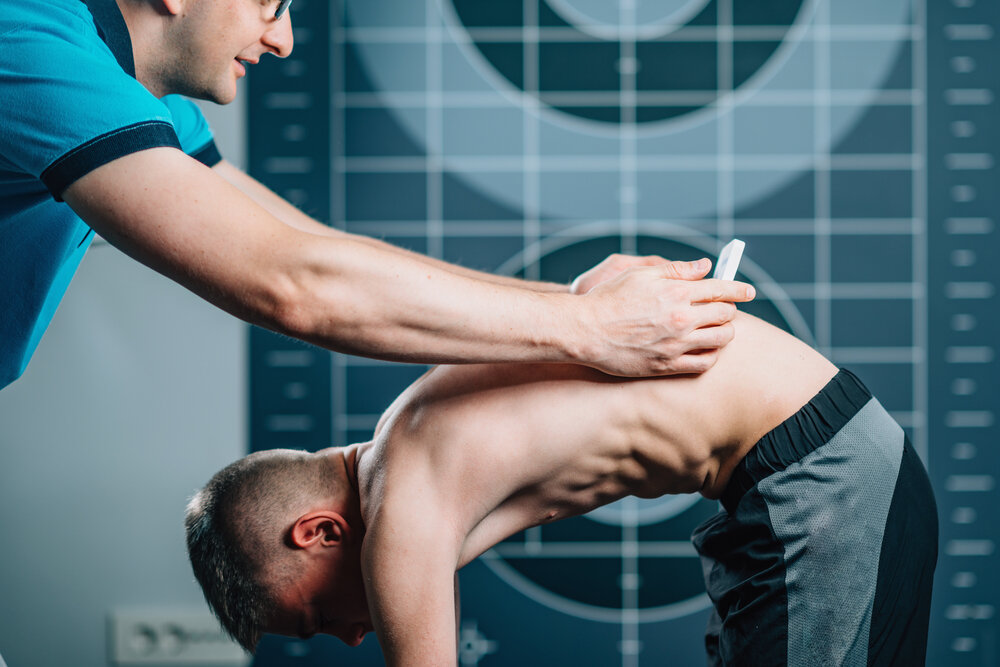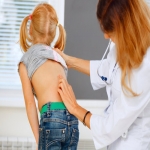
A rather uncommon condition in children, adolescents, and often infants that affects normal spinal growth and development is termed as scoliosis. In several ways, pediatric scoliosis mostly takes place in the 10-12 years of age. This onset is usually closely correlated with puberty-related growth spurts.
However, bear in mind that child scoliosis can occur in any part of this developmental cycle — from infants to adolescence. The sophisticated image techniques can also diagnose scoliosis by a specialist.
In addition, this diversity can result in many causes and can contribute to a wide range of symptoms in the early years.
Pediatric Scoliosis-Three Primary Types
Three main forms of pediatric scoliosis may affect babies, toddlers, and teenagers. The following may include:
-
Idiopathic Scoliosis: The most common but least described type of pediatric scoliosis is possibly idiopathic scoliosis. Idiopathic means that the cause of scoliosis is usually unknown. Medical team speculates that the production of idiopathic scoliosis is supported by the combination of variables including biological, environmental factors and diet.
-
Congenital Scoliosis: A deformity arising during a baby’s birth causes congenital scoliosis. Sometimes the source comes from our genetic composition or from our incomplete / improper vertebrae growth. Congenital scoliosis may occur at birth, but there may be no evidence of the disorder before the child is adolescent.
-
Neuromuscular Scoliosis: Neuromuscular scoliosis is caused by abnormality of the neurological or muscle anatomy in the back. Since the maintenance of a solid and straight spine is vital to both our nerves and muscles, compromise to these organizations will endanger the vertebra. Contributing neurologically to neuromuscular scoliosis also results in neural bifida spine and cerebral paralysis.
How to know if your child has pediatric scoliosis symptoms?
You can notice the following warning or noticeable symptoms if your child suffers from pediatric scoliosis:
-
Unnatural curve: The spine starts to bend and/or rotate in an unhealthy ways either progressively or rapidly. This curvature will gradually get visible to all.
-
Unbalanced appearance: The body seems to be imbalanced. The legs, shoulders or hips may have uneven lengths.
-
Shoulder blades fanning: The blades of the shoulder generally rest with the back flush or mostly flush. If you have scoliosis, you can start to fan behind you one or more of those shoulder blades.
-
Pain or other physical complaints: pain and discomfort can occur when the scoliotic curve is extreme or progresses rapidly. The lung and circulatory system of the person may be seriously affected and contribute to respiratory problems, dizziness and other distressing symptoms.
Consult a scoliosis specialist in OKCif you are facing any of the above signs or symptoms. Book your schedule with Neuroscience Specialists and find out whether your child has this disorder.
**Disclaimer- Information presented here is not intended to be qualified medical advice. Nothing expressed herein creates a doctor-patient relationship

